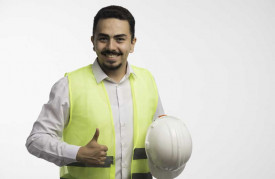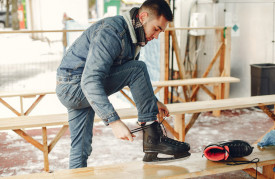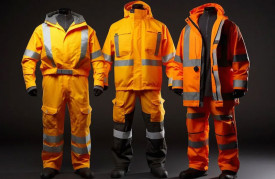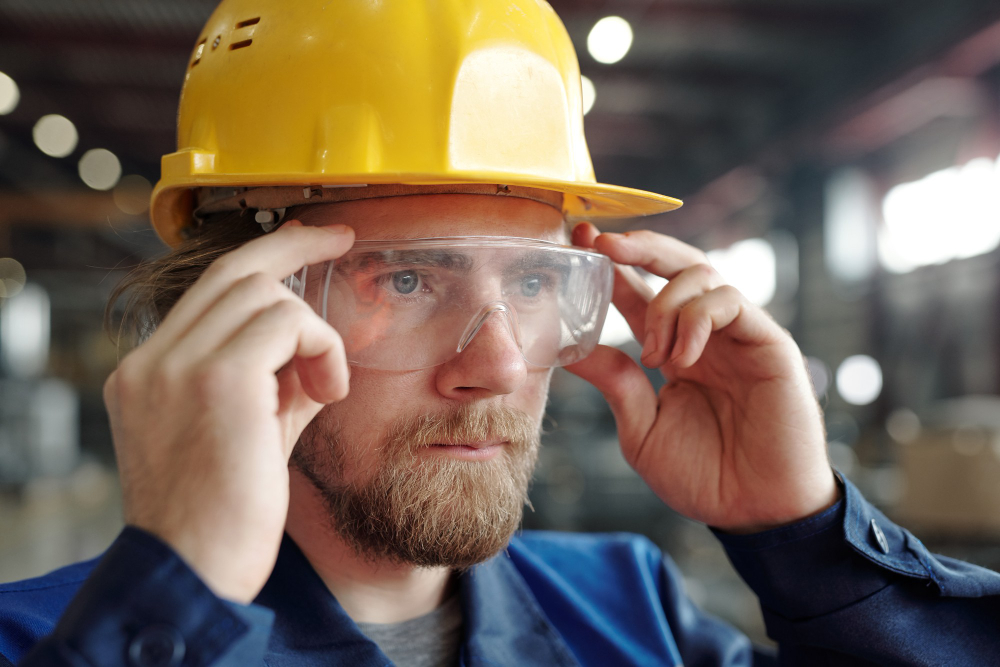
Industrial workers encounter an array of hazards that would place their eyes at a notable risk. Eye injuries are often expensive and debilitating if your work is associated with handling chemicals, being exposed to flying debris, or working with heavy machinery. It is where an appropriate level of eye protection is important. The workers often protect their vision, avoiding the possible risks that are linked to industrial-grade tasks with the help of the right gear. In our post today, we are going to explore the different options available for comprehensive eye protection that can help workers select the right kind of protection to meet their distinctive needs.
Importance of Eye Protection in Industrial Workplaces
The eyes are among the most sensitive areas and are prone to injuries, mainly in industrial settings. Accidents can happen in the blink of an eye, and without an appropriate level of protection, workers risk permanent damage. Hazardous chemicals, flying objects, and intense exposure to light are a few of the dangers that workers often encounter. Consequently, wearing the right kind of eye protection is an important safety measure that ensures long-term well-being and health.
Appropriate levels of protection for the eyes can help in the prevention of injuries, reducing the causes of eye strains, and maintaining a clear vision for critical tasks. Selecting the right type of safety glasses or goggles can create a huge difference in reducing the risks, retaining overall productivity, and ensuring the appropriate comfort for the workers.
Types of Eye Protection for Industrial Workers
Several different forms of eye protection are available, mainly for workers in industrial settings. Let us examine the ideal options that are streamlined specifically for the distinctive workplace dangers.
Safety Glasses
Safety glasses offer a strong layer of eye protection. They are designed to withstand the shock of flying materials, dust, and some chemicals. Workers who are exposed to small flying devices or low levels of chemical exposure typically wear safety spectacles that do not meet their requirements. Frames are most commonly constructed with rigid materials to be robust when they contact a wearer's face, maintaining comfort over a prolonged period of wear.
In addition, the capabilities of safety glasses are anti-fog lenses, UV filtering, and scratch coating. These characteristics offer increased protection and an expanded field of view in harsh environments. Protection glasses are not only available in different looks but fit for different shapes, color sense, etc.
Safety Goggles
In an industry that carries a higher risk of harm, safety goggles are a more protective option as compared with conventional safety spectacles. Goggles provide a secure fit around the eyes, offering complete protection against dust, chemicals, and other harmful substances. When materials splashing in the eyes is expected to occur, fine dust particles are also present, they are highly effective.
Unlike safety glasses, safety goggles seal a tight fit over the eyelids surrounding the orbit with a lid to exclude the glasses from entering the eye with a particle. The special role of one of these functions is particularly relevant to the high-risk areas of chemical plants, laboratories, and grinding and welding. Most of the safety goggles have an open ventilated structure for the reduction of fog, maintaining clear vision in the ambiance of a humid environment.
Eyewear Accessories
Eyeglass accessories can further improve ocular protection functionality and convenience. Eyeglass bags, rubber bands, and other fastenings can prolong the validity of the eye protection device and help make the employee's work more comfortable. An appropriate eyeglass pouch can protect glass from scratching and damage when it is not worn. By contrast, rubber loops ensure that safety glasses or goggles remain in a tight fit, no matter how strenuous the activity or task is.

These accessories are also designed to improve comfort and offer eye protection. Examples include rubberized loops that can be adjusted to fit any size cranium and soft eyeglass bags that shield the glasses during storage or transport.
Safety Glass Parts
Replacement and repair of wearily worn safety eyeglasses components is critical to prevent disservice. Safety glass parts (i.e., replacement lenses and straps) are in stock for customers who want to make repairs or replace lenses for their eyeglasses. Eye protection should be routinely inspected for age-attributable wear and tear, and damaged parts should be replaced as soon as possible to preserve the functionality of the eye protection.
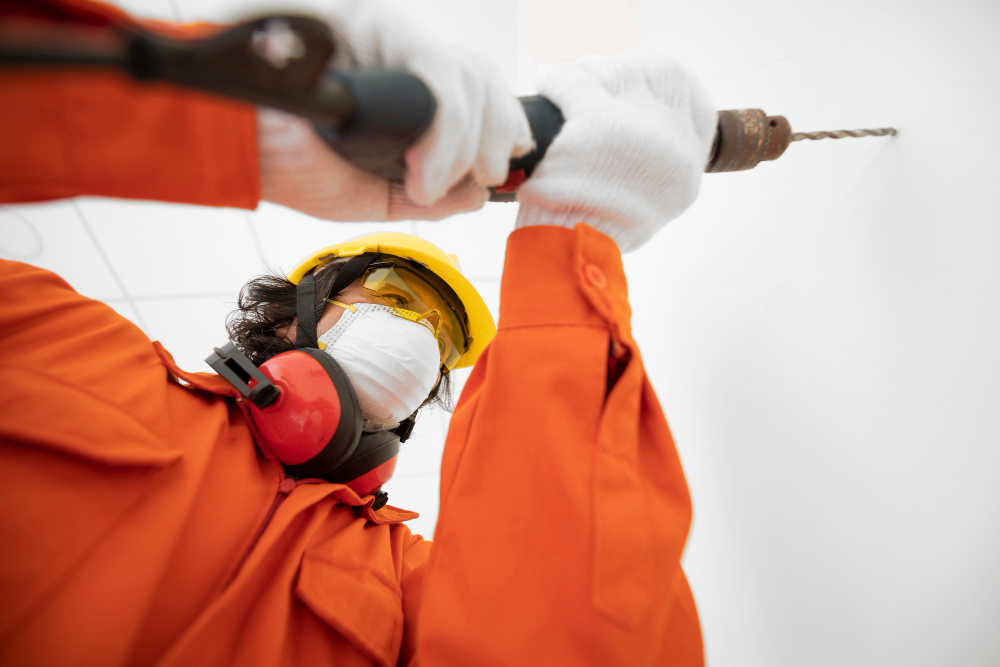
Replacement lenses can be found in different forms, such as transparent, opaque, colored, polarized, etc., depending on which working environment is intended for use. Oxidation of the pigment results in black precipitates, which pollute the internal part of the shaft and lens surface, obscuring vision; therefore, lenses must be kept in an optimal state in order to ensure safety.
Key Features to Look for in Eye Protection
When selecting eye protection gear for industrial use, a sufficient amount of apparatus must be specified to maximize safety, comfort, and effectiveness. The eye protection you choose should be determined by the task you perform.
Material Durability and Impact Resistance
The material of glasses is a key protective function against impacts and abrasive friction and abrasion. Polycarbonate lenses are commodity lenses that, for all practical purposes, represent the industry standard for eye protection because of impact resistance and durability, providing comprehensive protection from flying debris, dust, and the like particles, as well as from other exposure hazards such as those encountered in a working environment. Polycarbonate is 10 times stiffer than conventional plastic and hence fits in high-risk environments.
Comfort and Proper Fit
Wearability is a critical factor in the decision towards repeated use of eye protection wear. In clothing and glasses, misfitting spectacles can cause discomfort, and they can distract and prevent safety measures from being taken correctly. Choose frames with a temple or headband that are adjustable. Using safety glasses or goggles with cushioned or soft nose pieces is unlikely to cause pain in the future.
Anti-Fog Coating for Clear Vision
Fogging is a common issue when wearing safety glasses or goggles in environments with temperature fluctuations, high humidity, or physical exertion. Dense fog, in particular, severely degrades vision, putting personnel in danger of accidents and injuries. Thus, an anti-fog coating is an inseparable component of an eye shield.
UV Protection for Harmful Radiation
Both types of UV exposure are not restricted to workers exposed at atmospheric UV levels or to those exposed at or in close social proximity. UV protective spectacles and goggles play a crucial role in preventing eye fatigue, secondary cataracts, and other vision loss due to excessive ultraviolet (UV) exposure.
Lens Types and Tints
Lens selection for type and tint is an important determinant of suitability for optimal vision in a variety of work environments. In low illumination, the lenses are optically transparent for the best possible visual acuity. However, the light-filtering effect of tinted or polarized lenses is a drawback compared to normal lenses when light reduction to glare is critical in bright or high-power displays, for outdoor use, or in areas where high levels of lighting are present.
Ventilation Systems for Fog Prevention
Fogging is one of the most frequent issues that can deteriorate visual acuity and compromise the visual field and, therefore, the performance of safety goggles and spectacles. However, the use of glasses with an integrated ventilation system can mitigate this issue. The majority of safety goggles incorporate ventilation built into the garment and this provides a passage for air to reach the lens while also preventing condensation of the lens resulting in fogging.
Why Choose Maxon Supplies for Eye Protection Wear
Maxon Supplies is unique as a trustworthy provider of high-quality and dependable eye protection for industrial workers. With safety, innovation, and customer satisfaction in mind, Maxon Supplies offers a wide variety of safety glasses and related accessories that can withstand the demands of an extensive variety of work environments.
- Wide Product Selection: Maxon Supplies offers a wide selection of safety glasses, goggles, and accessories for industrial use.
- High-Quality Materials: Our products have impact-resistant lenses coated with anti-fog and scratch-resistance treatments that provide superior protection and stability.
- Comfortable and Secure Fit: The ergonomic designs, with adjustable temples and a padded nose arm, enable comfortable, prolonged operation.
- Industry-Compliant Safety Standards: We take compliance seriously, and our eye protection wear meets all safety standards. We use products from reputed manufacturers that offer safety to workers.
Conclusion
Emphasizing eye protection is important, especially for industrial workers who work in dangerous environments. Selecting the right type of eye protection wear relies on the distinctive workplaces and the dangers revolving around it. Maxon Supplies is the one-stop platform offering an entire array of eye protection wear as well as other safety equipment and gear. Our comprehensive range of products is handpicked from reputed manufacturers offering premium-grade protection across high-intensity workplaces. All our products meet the needs of the safety standards across industrial settings and more. Contact us for more information!




